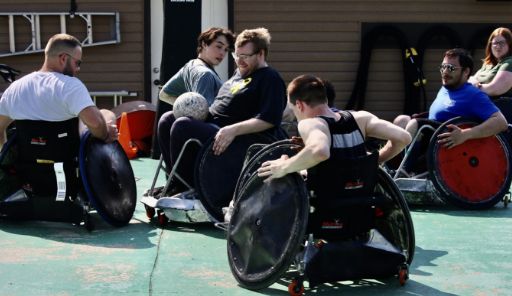
Living with Spina Bifida & Hydrocephalus
Individuals with spina bifida and hydrocephalus demonstrate resilience and adaptability, overcoming challenges with determination and support from communities. They offer unique perspectives, achieve personal and professional success, and advocate for awareness and inclusivity. With assistive technology and strong support systems, they attain independence and contribute positively to society through their accomplishments. Recognizing these strengths fosters inclusivity and understanding alongside acknowledging their challenges.

SBHANA
Community
The Spina Bifida and Hydrocephalus Association of Northern Alberta prides ourselves in offering a wide variety of programs, financial support opportunities, and events. We are incredibly proud to be a part of the Spina Bifida and Hydrocephalus community and we strive to uplift our community members.
What is
Spina Bifida?
Spina bifida is a congenital neural tube defect (NTD) where the spinal cord’s protective covering fails to close properly during early development, causing physical and neurological issues. Symptoms vary based on the location and size of the spinal opening. There are three main types: spina bifida occulta, meningocele, and myelomeningocele, each with varying severity and complications.
What is
Hydrocephalus?
Hydrocephalus is a common complication associated with spina bifida, particularly in individuals with the more severe form known as myelomeningocele. In spina bifida, the neural tube fails to close properly during embryonic development, leading to an opening in the spine. This opening allows the spinal cord and its surrounding structures to protrude through the back.
The majority of individuals with myelomeningocele also experience hydrocephalus.

